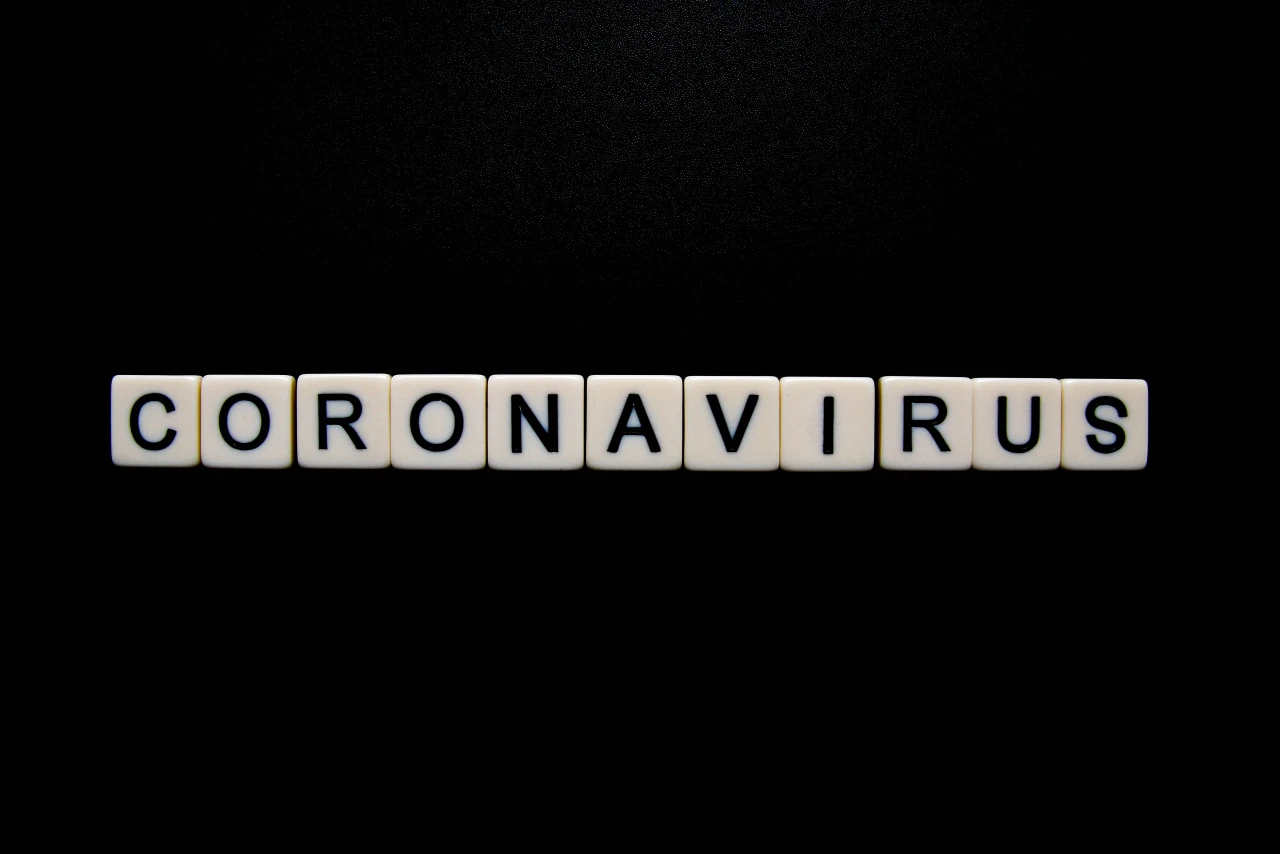Biden's rescue plan working: Full fridges, utilities and rent paid, despair lifted
The American Rescue Plan, a new study finds, helped rescue Americans. Using the Census Bureau’s Household Pulse Survey, University of Michigan Poverty Solutions scholars have determine just how much direct assistance helped: “From December 2020 to April 2021, food insufficiency fell by over 40%, financial instability fell by 45%, and reported adverse mental health symptoms fell by 20%.”
The study attributes that to the “implementation of robust federal income transfers,” and concludes that “the success of the federal government’s relief measures may be due to the speed, breadth, and flexibility of its broad-based approach, primarily relying on cash transfers.” The gains weren’t continuous, however, because of the period in the fall of 2020 when the Trump administration and Republican Senate allowed the enhanced unemployment insurance benefits to lapse. They found that hardship “increas[ed] markedly in November and December 2020 as the economic recovery stalled and Congress delayed action on further relief measures.”
The New York Times interviewed some of those people for whom stimulus checks changed everything. Chenetta Ray, a Houston warehouse worker, paid down debt on overdue bills, restocked her freezer for some cushion for her and her daughter in the coming months, and got a CT scan that confirmed that she had cancer and allowed doctors to determine her treatment. Which she can now get. “I really got down and depressed,” Ray said. “Part of the benefit of the stimulus to me was God saying, ‘I got you.’ Spiritual and emotional reassurance. It took a lot of stress off me.”
Julesa Webb, a nursing aide in St. Louis, was able to feed her three small children three full meals—and a snack—every day again. In the absence of the cash, “We’d have breakfast a little later than normal, and then dinner—no lunch,” she said. “Sometimes the kids would have dry cereal because we didn’t have milk.” She also paid back some family loans and paid down on her overdue rent. “I was like, ‘Woo!’ This is the most money I ever seen in my bank account,” she said. “I’m still in a hole, but I’m starting to see more sunlight now.” But mostly she could “make sure the kids were full-full.”
“It’s really depressing, having to worry about losing your lights and water,” said Chicago resident Corrine Young. “Very stressful. It was a very, very dark path.” Her water and lights are back on, thanks to government checks, and she can feed the teenager and baby in her household and continue her own treatment for schizophrenia. The day she got her stimulus payments, she was checking her bank account to see if she could afford to buy bread. She bought two loafs that day, and paid her utility bills. “I did it that day,” she said. “You just don’t know—it was such a relief.”
Scott Winship, a scholar of poverty at the American Enterprise Institute who has probably never gone hungry or had his lights turned off, doesn’t believe any of this, by the way. He thinks mental health has improved because there’s now a vaccine and reopening of the economy. “I would really question whether that’s the stimulus checks,” he said. Winship’s AEI scholarship probably has never extended to talking to actual people who live in actual poverty about their daily existence and the things that stress them. Lucky Scott Winship.
For the study’s authors, reality is pretty clear: “‘We see an immediate decline among multiple lines of hardship concentrated among the most disadvantaged families,’ said H. Luke Shaefer, a professor at the University of Michigan who co-authored the study with colleague Patrick Cooney.” He estimates that 5.2 million children have been saved from food insecurity since the beginning of the year. “Cash aid offers families great flexibility to address their most pressing problems, and getting it out quickly is something the government knows how to do,” he told the Times.
The Center on Budget and Policy Priorities, which does real research on poverty and inequality, adds to the conversation and points out that while the Recovery plan helped, there are still high levels of hardship. The Household Pulse Survey for the third week of May found that 26.4% of adults had difficulty covering usual expenses, 14.3% of renters are still behind on rent, and 9.1% of adults said their household didn’t get enough to eat.
It’s going to take making the provisions in the American Rescue Plan permanent, the CBPP posits, to make “critical investments in children” and eventually advance racial and income equality. The temporary investments included in the COVID-19 relief packages have demonstrated that it can be done, but it’s going to take Democrats fighting like hell to sustain it.
That includes cutting off negotiations with Senate Republicans on the infrastructure bills—they’re never going to actually agree to anything, as this is all about delaying it. It means ignoring the Senate parliamentarian and pushing ahead on passing the bills via reconciliation. It means President Biden using the full weight of his office and his authority—and the bully pulpit—to bring wayward Senate Democrats into line.
The results of the American Rescue Plan in just a few months—particularly the child support payments—have shown just what Democrats can accomplish if they fight, and just how much is at stake.

